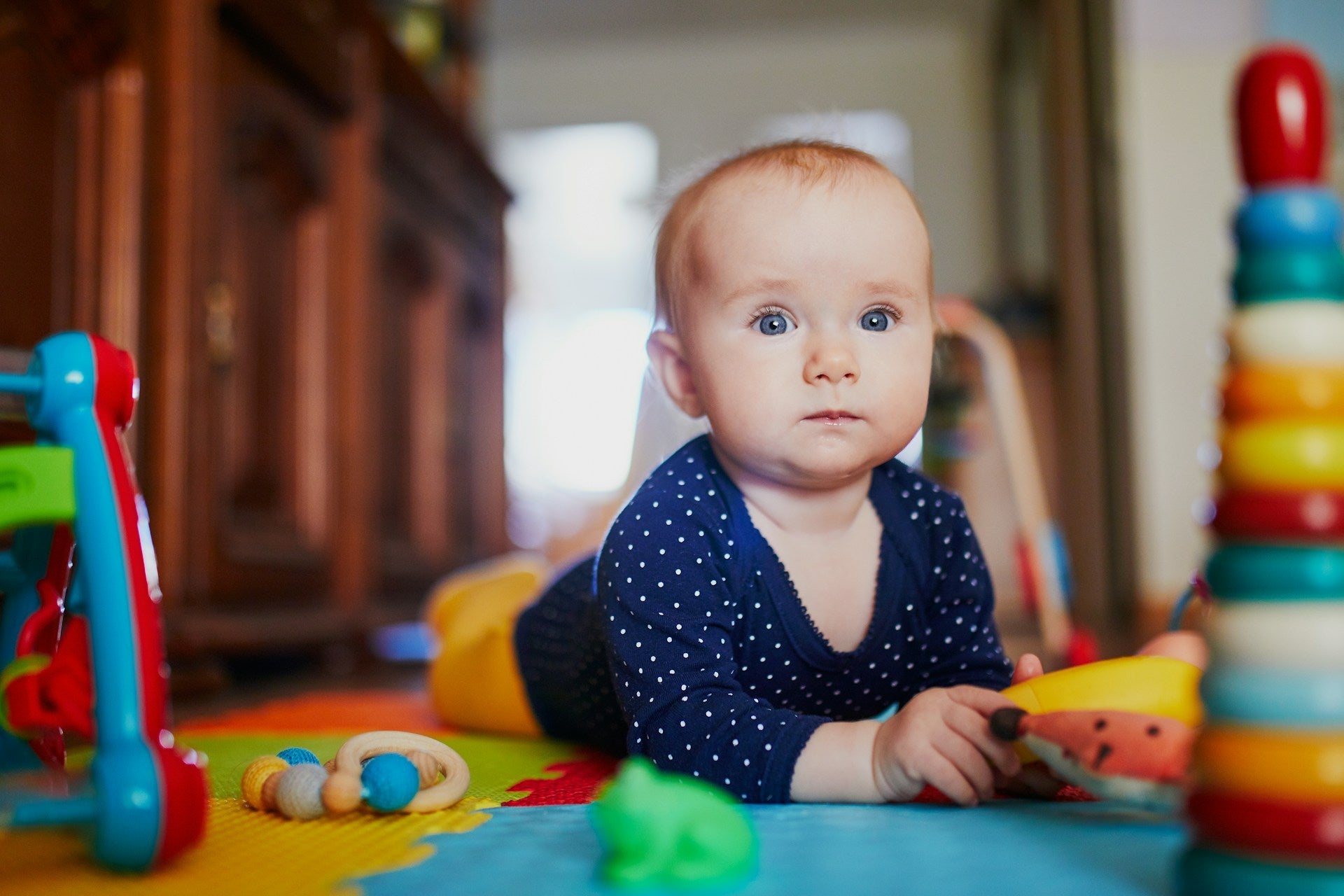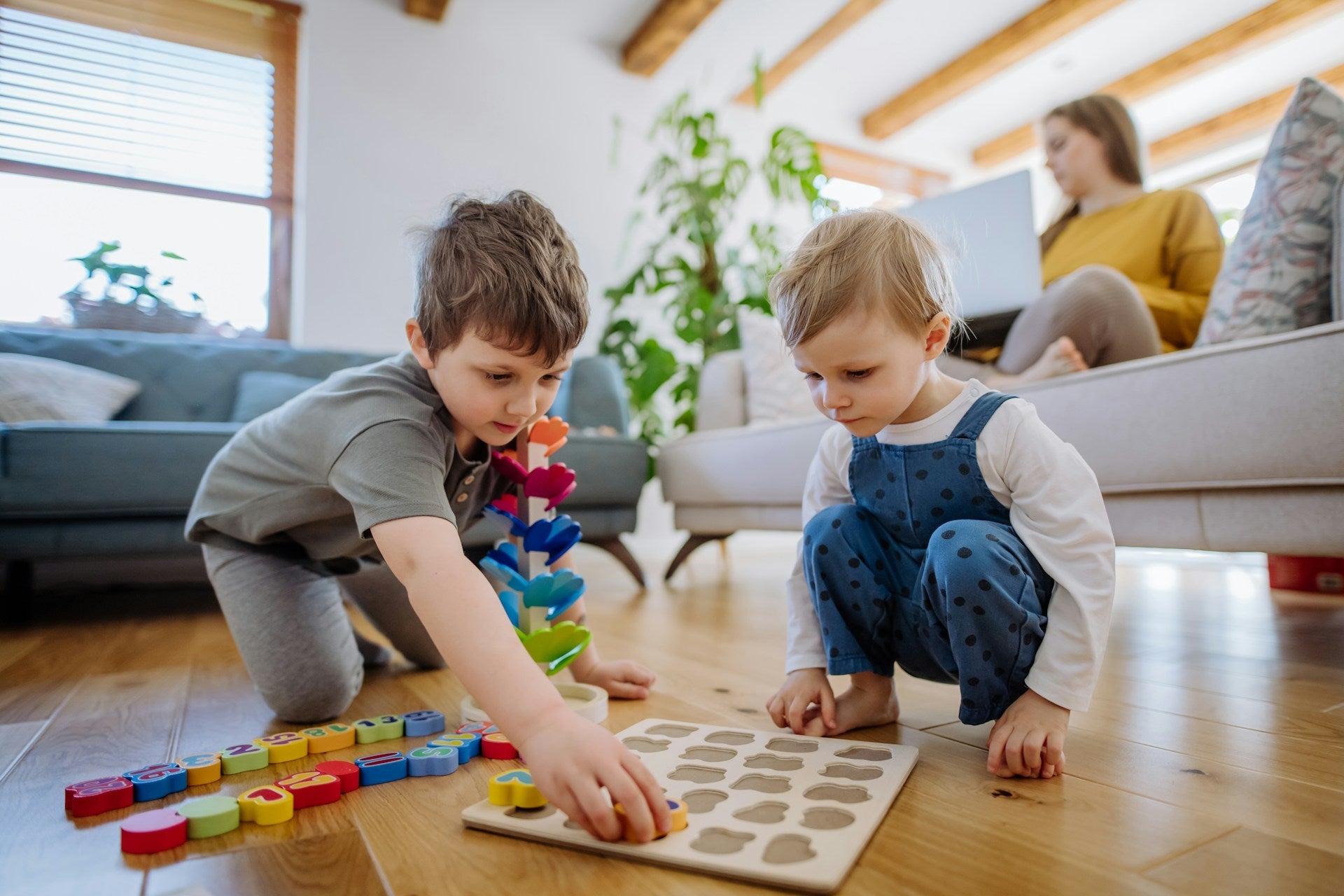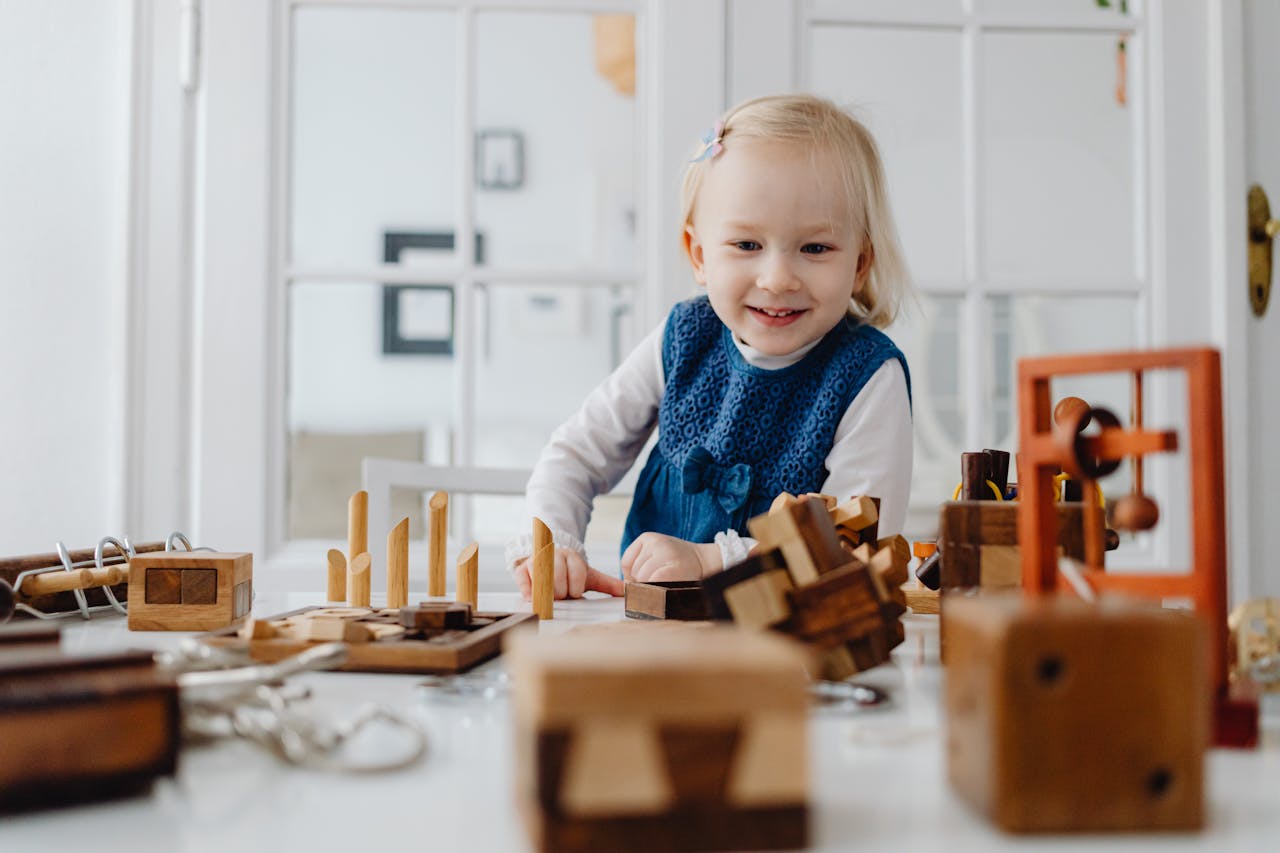What to Do When Your Early Learning Toys Don't Engage Your Child

Early learning toys play a big role in supporting a child's development. These toys are not just fun; they help spark creativity, improve motor skills, and enhance problem-solving abilities. But not every toy grabs attention, and sometimes parents find their little ones aren't all that interested in their playthings. When toys don't engage a child, it can lead to frustration for both the parent and the child.
Parents often encounter challenges in keeping their child interested in toys. Maybe the toys are too advanced or too simple, or perhaps they just don't match a child's current interests. When this happens, it's helpful to look at why engagement might be lacking and find ways to reinvigorate playtime. There are plenty of strategies to pinpoint the reasons behind this lack of interest and to breathe new life into play with early learning toys.
Identify the Reasons for Lack of Engagement
Understanding why a child isn't interested in their toys is the first step to fixing the issue. Here are a few common reasons why engagement might be lacking:
- Mismatched Interests: A toy that fascinates one child might bore another. Children have individual preferences, so aligning toys with what genuinely excites them is important.
- Developmental Stage: Children grow fast, and their developmental stages change rapidly. Toys that are too advanced may overwhelm, while overly simple toys might fail to challenge them. It's key to match toys to their current abilities.
- Sensory Preferences: Some kids are drawn to toys with bright colors and sounds, while others prefer toys that offer different textures. Recognizing what kind of sensory input a child enjoys can make a big difference.
Rotate and Refresh Toys Regularly
Toy rotation keeps the selection fresh and exciting. Introducing a regular cycle of swapping out toys can reignite interest and involvement. Here’s how to make this work effectively:
- Rotate Toys Frequently: Switching toys every couple of weeks can keep them from becoming boring. When you store some toys and bring them back later, children often see them as new again.
- Group by Theme: Organize toys into themes and rotate one theme at a time. This could be based on colors, functions, or types, making it simpler for kids to rediscover and engage.
- Refresh Selections: Update toy collections based on evolving interests. If your child shows a preference for cars, gradually introduce toys that align with that interest, like garages or tracks.
These strategies can help ensure that playtime is dynamic and continually supports a child's curiosity and learning. By understanding the reasons for disengagement and applying thoughtful solutions, parents can help their children find joy and educational value in their play.
Introduce New Ways to Play with Existing Toys
If toys have lost their appeal, a fresh approach might be just the solution. There's plenty of fun to be had by coming up with inventive ways to engage with the same toys. Repurposing or combining toys encourages imagination and can introduce entirely new dimensions of play. For instance, you could take a set of building blocks and use them alongside animal figures to construct a zoo. This involves creative thinking and allows the child to make up stories or scenarios.
Besides that, interactive play can bring toys back to life. Parents and siblings can join in, turning a solo activity into a lively group event. This not only fosters social skills but also adds layers of interaction and communication. Try crafting simple games using existing toys to revive interest. A puppet show, with dolls or plushies as characters, can spark giggles and storytelling.
Foster a Stimulating Play Environment
Creating an inviting and well-organized play space sets the stage for productive and engaging playtimes. A dedicated area, free from unnecessary clutter, lets children easily access their toys. This minimizes frustration and allows for smooth transitions from one activity to another.
Here are some suggestions to enhance a play environment:
- Organize By Theme: Group toys by function or type, like art supplies, construction blocks, or musical instruments. This helps the child to focus and transition between activities without feeling overwhelmed.
- Incorporate Open-Ended Materials: Use items like clay, fabric pieces, or cardboard to encourage creativity. These materials can be whatever a child imagines them to be, from a mountain in a play village to costumes for dolls.
- Montessori-Inspired Setups: Design spaces that promote independent learning. Arrange items on low shelves where they're within easy reach, making it simple for kids to choose and return their toys.
Embracing Continual Engagement
Engaging your child with their toys doesn't have to be a struggle if approached with understanding and creativity. By examining a child's interests and aligning toys to match these preferences, parents can create more enriching play sessions. Rotation and refreshing old favorites, along with an organized play space, keep play dynamic and intriguing.
Ultimately, play is a vital part of a child's growth. When toys are engaging, they become tools for learning and exploration. Parents observing and adapting to their child's changing interests will find it easier to maintain an enriching play environment. By nurturing such an interactive setting, playtime becomes a joyful discovery process, benefiting both the child and the parent.
Discover the joy and benefits of keeping your little one engaged with early learning toys. Dive into Hatchberry's carefully curated selection that will spark creativity and growth. From unique pieces that foster imagination to Montessori-inspired favorites, our collection ensures playtime is both educational and fun. Explore how Hatchberry can help make every play session a delightful discovery for your child.








